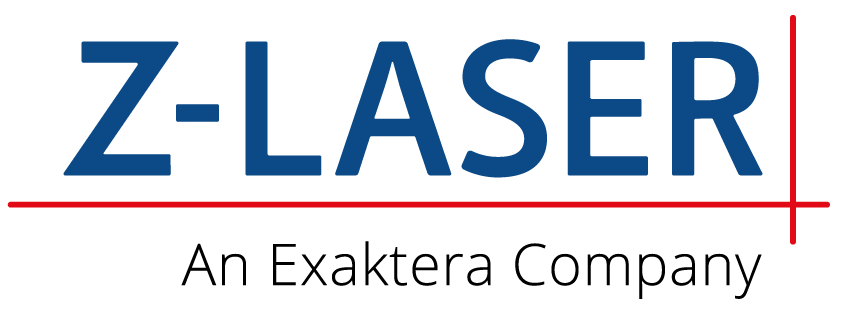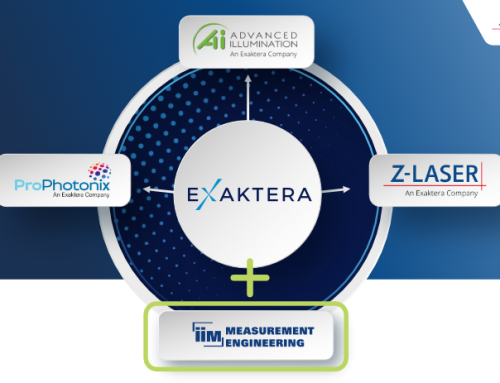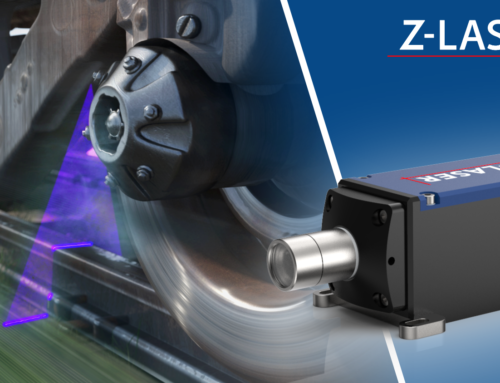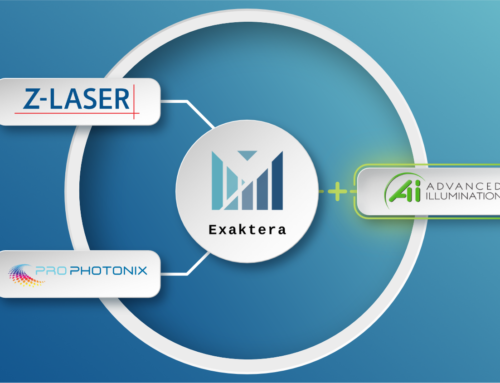Optimized production process of rotor blades with laser projection systems from Z-LASER
In 2017, one of the largest global wind power manufacturers, Hamburg-based Nordex Group, was facing a crossroads: The task was to produce an innovative rotor blade with a length of 74 meters instead of the usual fifty and sixty-five meters. So far, the determination of the exact position of glass mesh material was very complex and no longer able to withstand the modern requirements for accuracy, sometimes in the millimeter range and was also very time-consuming. This required finding a new solution for the manufacturing process in order to produce the rotor blade cost-effectively with high quality standards.
Nordex Group discovered Z-LASER GmbH in its search for innovative and cost-reducing systems for this complex manufacturing process. The idea behind the process to use laser projection and positioning to achieve faster production and shorter throughput times and, at the same time, greater precision. We can already reveal that up to 3 hours were saved in the production process for a rotor blade related to laying over 200 glass fiber mats.
How did this happen so quickly?
The complete manufacturing process of a blank is very complex and therefore takes a lot of time. For this reason, the use of an optical guidance system represents a process optimization with great savings potential. In order to make the production process leaner and faster, Nordex Group installed a number of laser projectors called ZLP2 from Z-LASER GmbH at a distance of about 8 m above the negative mould on the roof of the production hall.
The projectors were positioned to cover approximately 90% of the suction mould and 40% of the side mould. Workers may work in their working environment without restriction. Operation is controlled via the intuitive and easy-to-use ZLP-Suite software, which can be easily integrated into Nordex customer applications using the product’s own programming interface (API), programmed by the user and may be extended on a modular basis.
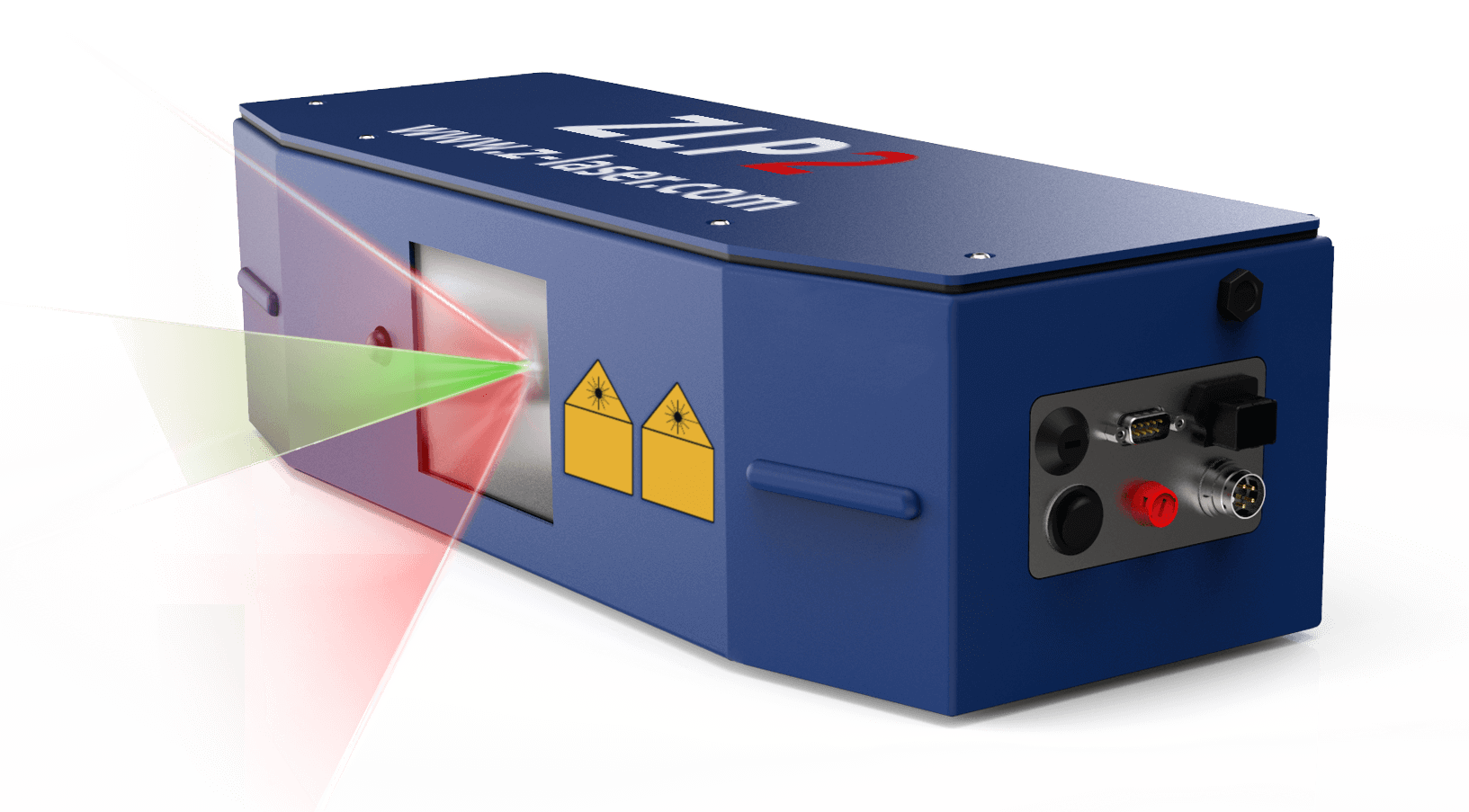
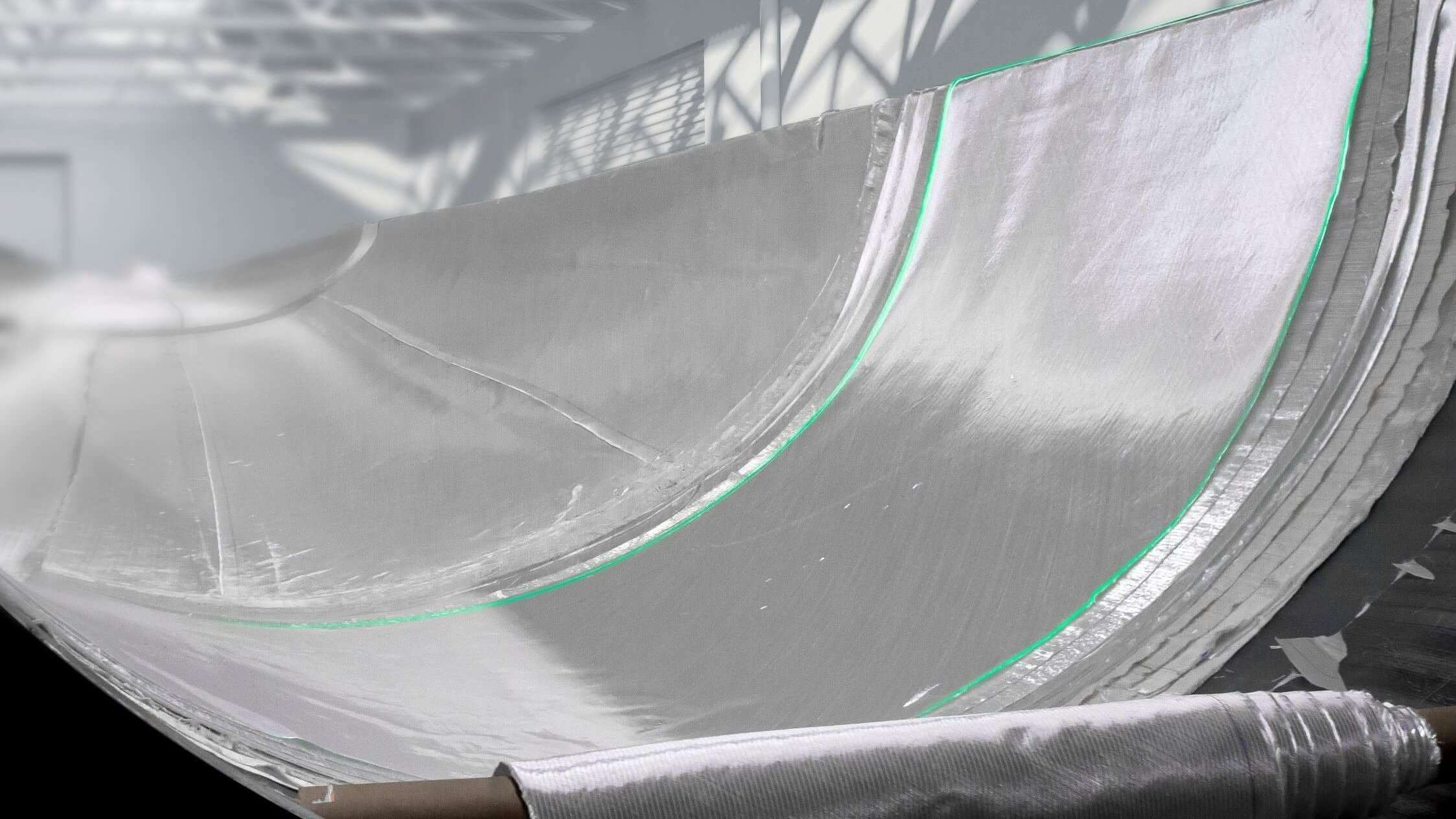
The most time-consuming step in the production of a rotor blade is to cover it with glass fiber layers which, due to their size of 74 m, are divided into several patches of 20 m each. Most of the material is used in the so-called root area, since this is where the greatest forces are experienced once put into operations. Small tolerances of 4 mm must be observed when shafting this root area.
In total, more than 200 individual glass fiber mats in 45 layers are laid layer by layer by hand. The ZLP2 projects the exact positions onto the workpiece so that this can be done optimally and accurately. Excess material can then be removed along the laser mark so that it does not remain in the component. In addition to the positioning of the fiber mats, many other applications where the laser projection system can be used in the production process of rotor blades were identified.
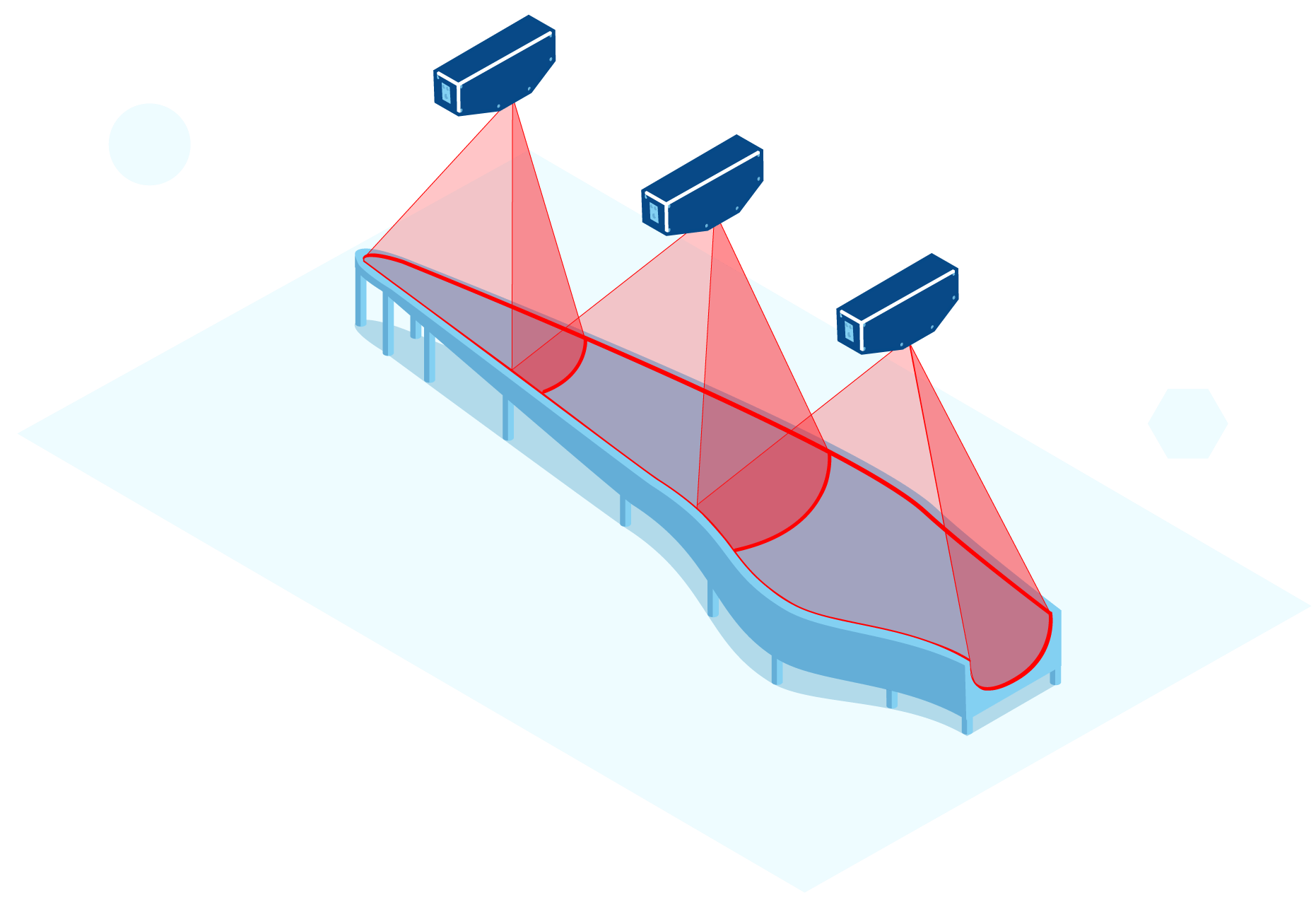
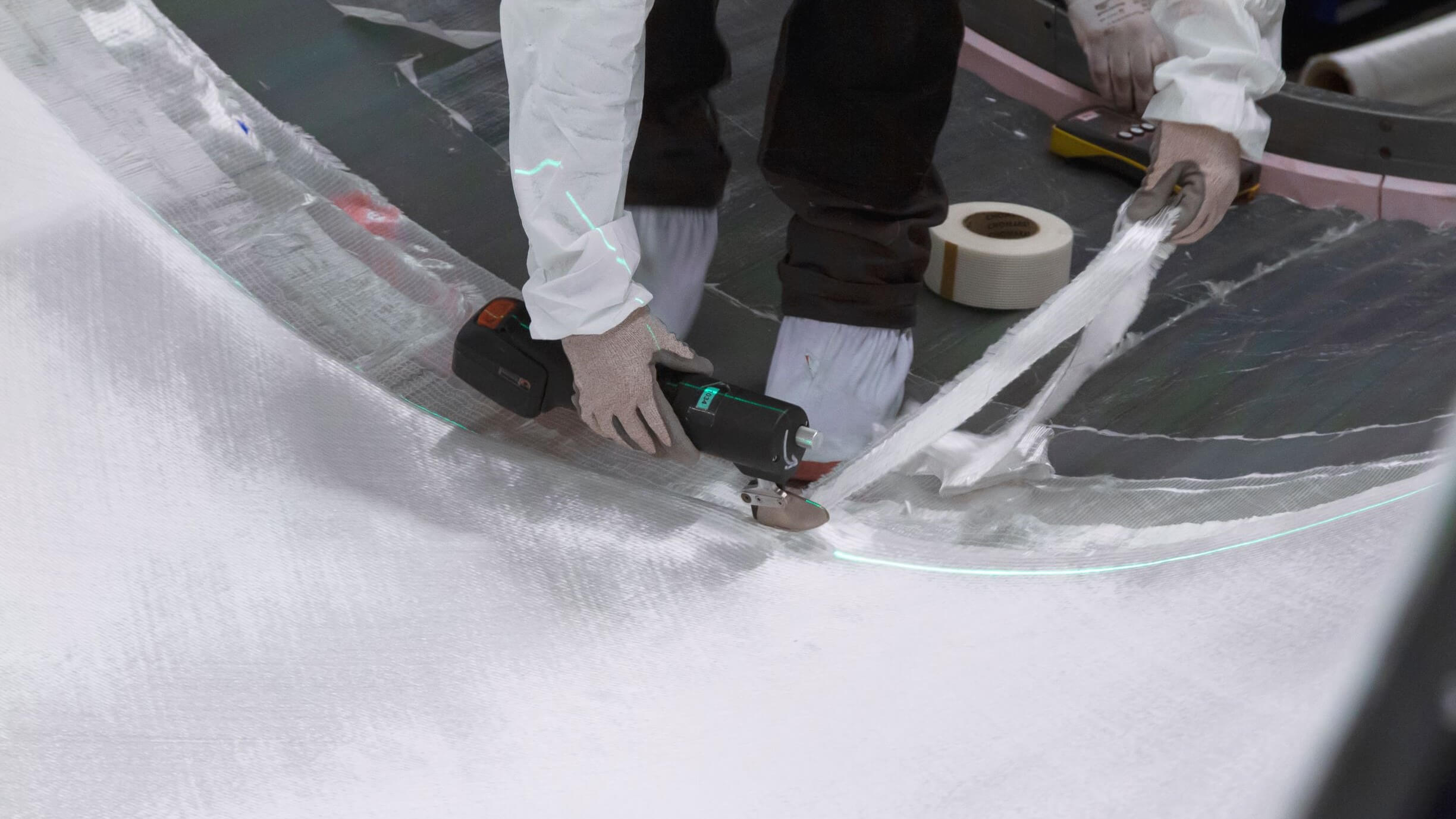
Successful collaboration. Nordex Group and Z-LASER
Since its founding in 1985, Z-LASER GmbH has been pushing the development of laser systems. Nordex Group’s management had great confidence in the Z-LASER experts’ experience and project planning, so that a decision was made in favor of the Freiburg-based company after a 3-month test phase. Nordex SE is clearly delighted with the successful use of positioning and projection laser systems in its own production: “The technical maturity of the products and the technical expertise of Z-LASER were the deciding factors for us. Even when timelines were tight, our collaboration with Z-LASER remained friendly and constructive. They delivered on what they promised 100 %. The use of Z-LASER’s laser projection system has significantly reduced throughput times for rotor blades while at the same time improving lamination quality. This means that we have come much closer to our goal of reducing process time to a minimum.
“The glass layers, patches, and prefabricated parts are positioned exactly in the millimeter range using our Z-LASER projection system.”
Conclusion:
The manufacturing process can be significantly faster, more precise, and more effective with the aid of lasers when laminating composite materials. Where previously the correct position of glass layers had to be determined in a complex way, today the use of laser systems sets new standards. In the manual laminating process in particular, we can design with a relative degree of accuracy of 4 mm. Drastic cost reductions can be achieved by using lasers in production given time savings in the positioning process, ideal material consumption, and minimisation of corrective work. Even the often time-consuming training of new employees becomes simple and quick because the laser system displays the work steps. Optimizing manufacturing processes accompanied by increasing production quality represents forward-looking development on the path toward flexible and efficient Industry 4.0 and holds great potential for enterprises.
ZLP Laser Family
The powerful laser projectors for optical positioning systems
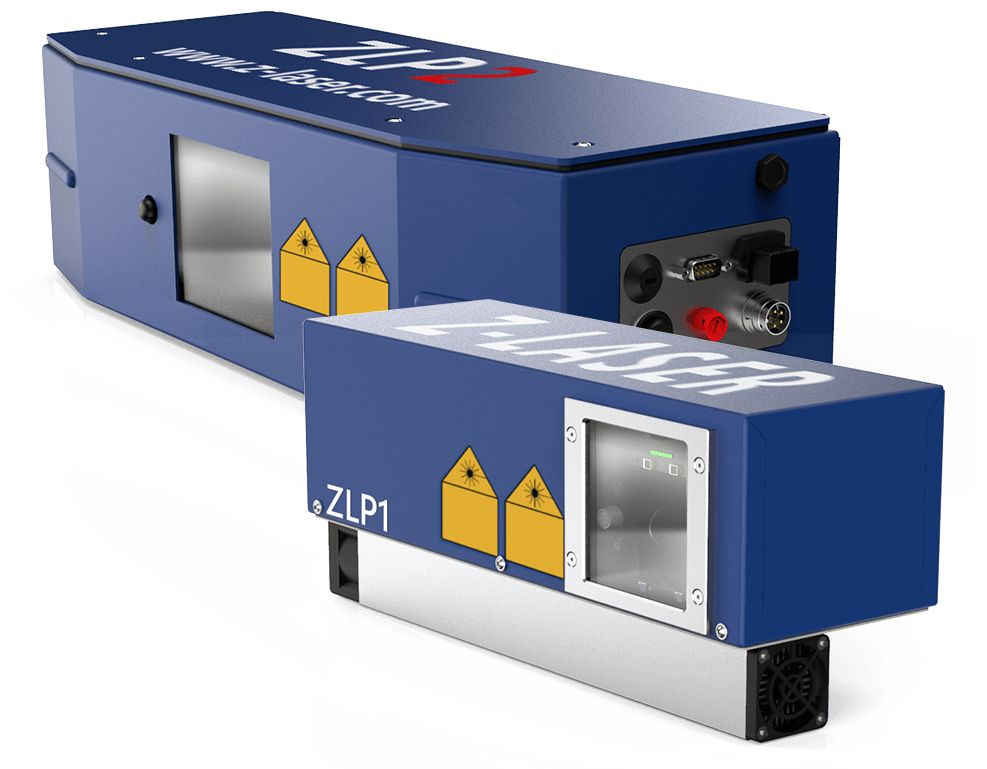
The Nordex Group
The development, manufacture, project management, and servicing of wind turbines in the onshore segment has been the core competence and passion of the Nordex Group and its more than 8,520 employees worldwide for more than 35 years. As one of the world’s largest wind turbine manufacturers, the Nordex Group offers high-yield, cost-efficient wind turbines that enable long-term and economical power generation from wind energy in all geographical and climatic conditions.
The focus is on turbines in the 3 to 5MW+ class, and the Group’s comprehensive product portfolio offers individual solutions for both markets with limited space and regions with limited grid capacities. The Nordex Group can also implement wind farms as part of different project types: from simply selling the equipment, to turnkey projects and complete wind farm development, including the associated project development in certain markets. A global service network, with some 300 service points throughout 30 countries, delivers service quickly to keep our systems running smoothly.
